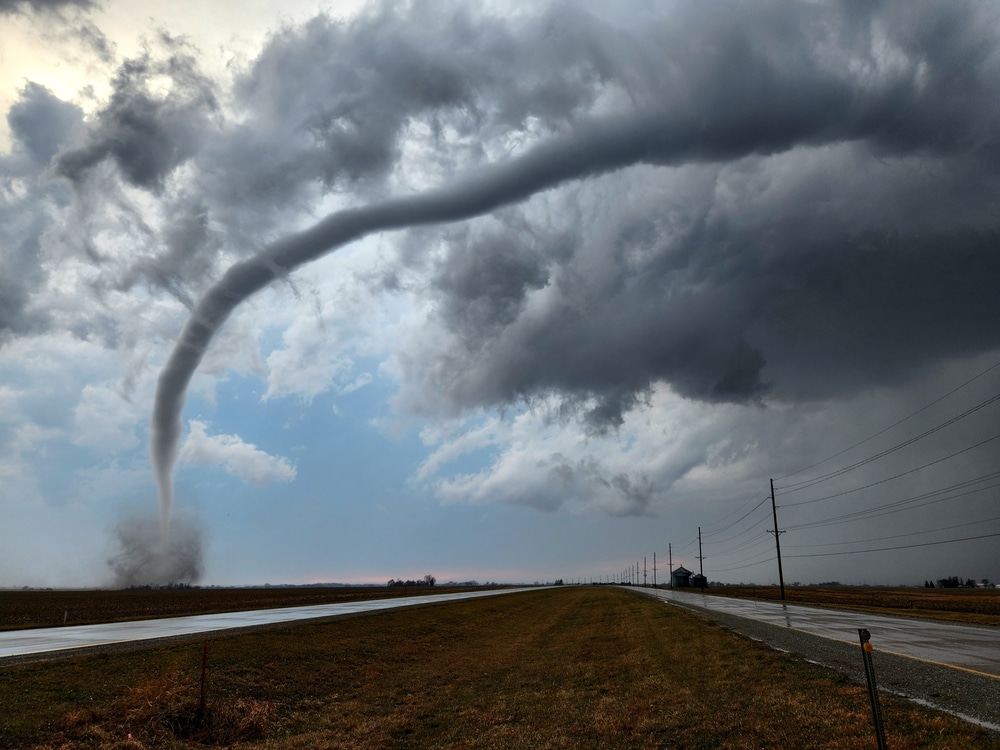(OPINION) It may just be a discovery of biblical proportions. Scientists have placed humans at the site of what is believed to be the “ruins of Noah’s Ark,” in the eastern mountains of Turkey.
The findings, released earlier this week, of rock and soil samples determined that “clayey materials, marine materials, and seafood” were present in the area between 5500 and 3000 BC, according to the Turkish newspaper Hürriyet.
The study is comprised of three Turkish and American universities that have been investigating the theory of the site since 2021. The “Mount Ararat and Noah’s Ark Research Team” group was created for scientific research on the ruins, whose structure was damaged due to landslides, and carried out its first study in Dec. 2022.
Located less than 2 miles from the Iran-Turkey border, in the Doğubayazıt district of Ağrı lies the Durupinar formation, a 538-foot geographic feature made of limonite, believed by some to be the petrified remains of Noah’s Ark.
Scientists collected nearly 30 rock and soil samples from the area of the “ruins” and analyzed the findings at the Istanbul Technical University.
The dating study revealed the samples to be between 3500 and 5000 years old, or from 3000 B.C., the most recent time when the catastrophic flood is believed to have occurred.
“According to the first findings obtained from the studies, it is thought that there have been human activities in the region since the Chalcolithic period, that is, between the years 5500 and 3000 BC,” Agri Ibrahim Cecen University Vice Rector Prof. Dr. Faruk Kaya said.
“It is known that the flood of Prophet Noah went back 5 thousand years ago,” Kayalt added. The size and shape of the formation correlate with the dimensions of what the ark is said to be in the Bible Book of Genesis, a “length of three hundred cubits, its width fifty cubits, and its height thirty cubits.”
In the Bible readings, God commanded Noah, a 600-year-old father of three, to build the ark and fill it with two of every animal before a global flood hit.


















